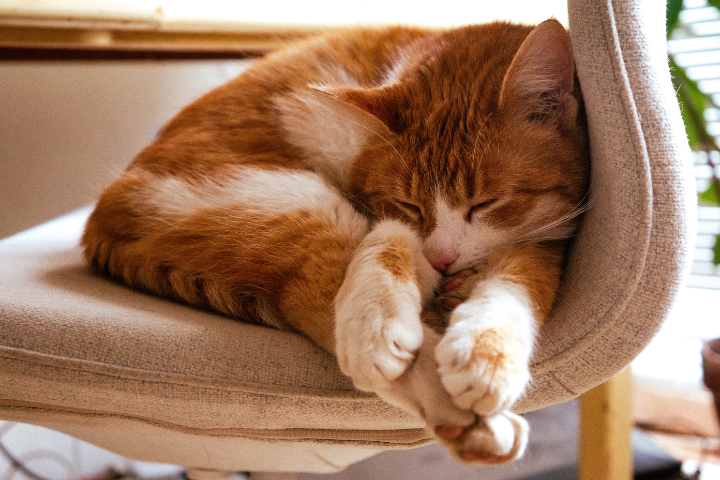Keeping cats indoors or in a contained area is now being considered safer and healthier than letting them roam free, but how easy is it to contain your cat, and can they really be content?
According to wildlife research analysis, each roaming pet cat in Australia kills an average of 186 mammals, birds, and reptiles each year, 60% of which are native. Now, cat owners are being asked to keep their cats inside or contained outdoors.
For cat owners, it’s a big ask, but education may be the key to a contented cat and a thriving native wildlife population. While some pet owners do keep their cats contained to help save our native wildlife, there are plenty of other reasons to restrict their roaming – and it might even mean your cat lives longer!
Confining cats to their home and yard is becoming more popular to prevent the spread of disease, reduce unwanted pregnancies, and protect them from injury and death. Cats that roam outdoors generally die sooner because they’re exposed to more harmful situations and environments than contained cats.
Diseases, parasites, snake bites, poisons, traffic accidents, and fights and attacks can all spell premature death for our free-roaming felines. In particular, dog attacks and being hit by cars are common ways roaming cats can die.
Isn’t it cruel to keep cats confined?
No, although many cats like being outside for exercise, play, and stimulation; there’s no reason why these needs can’t be met in a contained environment. Cats require a designated toileting area, space to climb and feel safe, entertainment, and exciting food options. The more these needs are met in their contained environment, the happier they’ll be.
How to keep your contained cat happy
Restricting your cat’s living area can be a daunting prospect, especially if you’ve only ever left your cat to its own devices. Starting when they’re young is easier, but if they are older, it’s not too late.
Here are some ideas to keep your cat content indoors:
- break up large spaces into interesting areas
- provide plenty of safe places to play and hide
- create high play and climbing areas
- offer window views
- give them a cat ‘gym’ and toys (or another cat!)
- take care of their toileting needs − like several clean litter trays
- offer a variety of quality food types.
Indoor cats can be just as content and free to explore as they are outside. If you’re thinking about creating an indoor or contained outdoor area for your cat, talk to our friendly clinic team about the best steps to take first.


